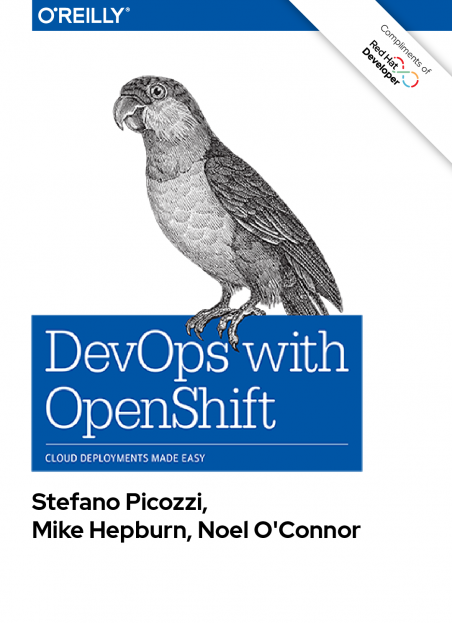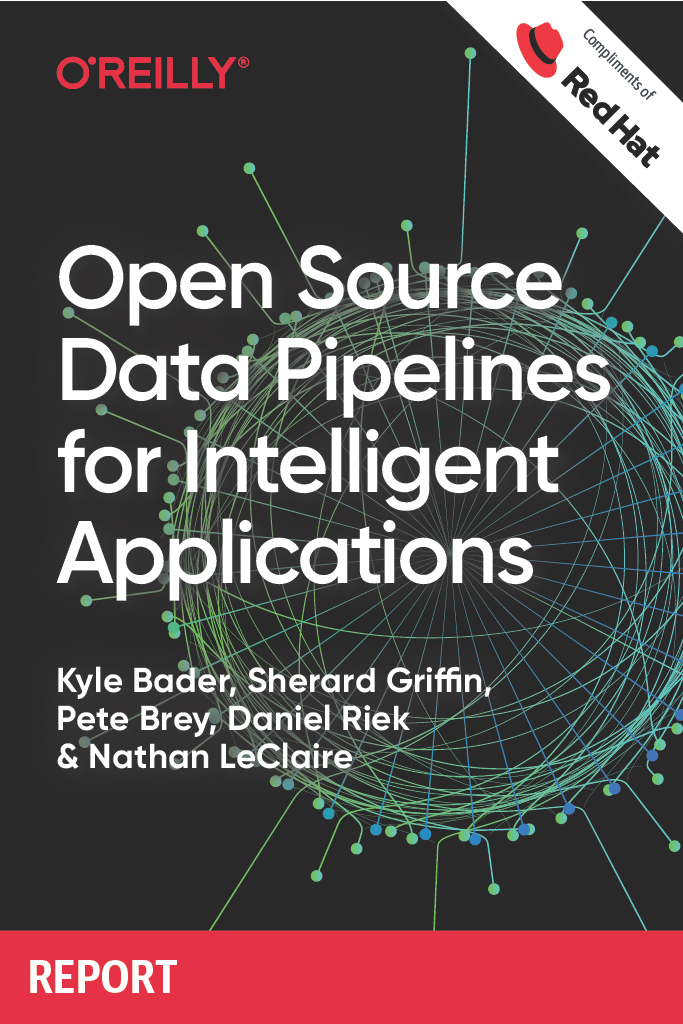

Overview
Three OpenShift experts at Red Hat explain how to configure Docker application containers and the Kubernetes cluster manager with OpenShift’s development and operator-centric tools. Discover how this infrastructure-agnostic container management platform can help companies navigate the murky area where infrastructure-as-code ends and application automation begins.
- Get an application-centric view of automation and understand why it’s important
- Learn patterns and practical examples for managing continuous deployments such as rolling, A/B, blue-green, and canary
- Implement continuous integration pipelines with OpenShift’s Jenkins capability
- Explore mechanisms for separating and managing configuration from static runtime software
- Learn how to use and customize OpenShift’s source-to-image capability
- Delve into management and operational considerations when working with OpenShift-based application workloads
- Install a self-contained local version of the OpenShift environment on your computer
Excerpt
As Red Hat consultants, we are often called upon to assist clients in the deployment and widespread adoption of OpenShift as their container management platform. They are drawn to OpenShift as a technology enabler for increased agility and responsiveness. In this context, change-ability can be the most critical of nonfunc‐ tional requirements. Continuous improvement needs continuous user feedback. We have found that the ability to push, test, and then roll forward or roll back small application changes to live users can become critical to realizing such benefits. In this book we want to help you implement DevOps practices using OpenShift so that you can quickly deliver quality applications that will make a difference for your users.



